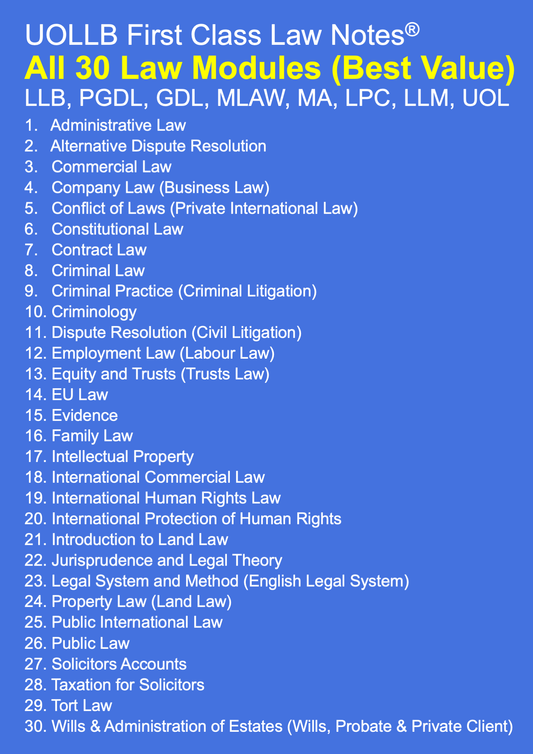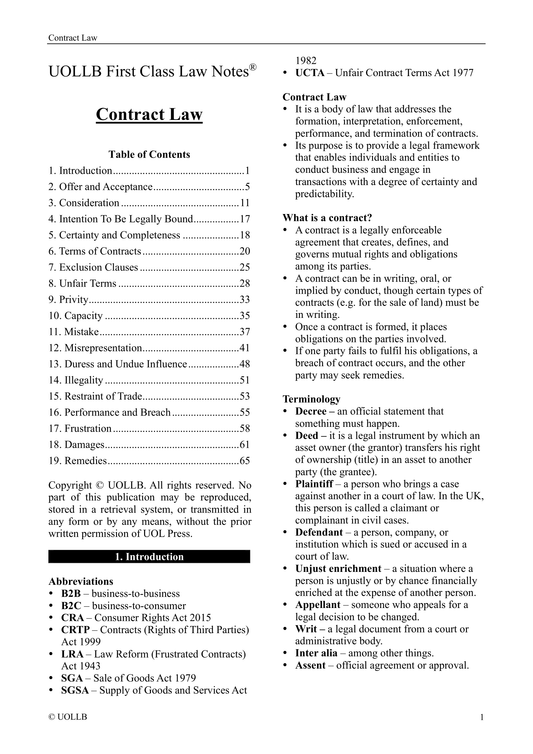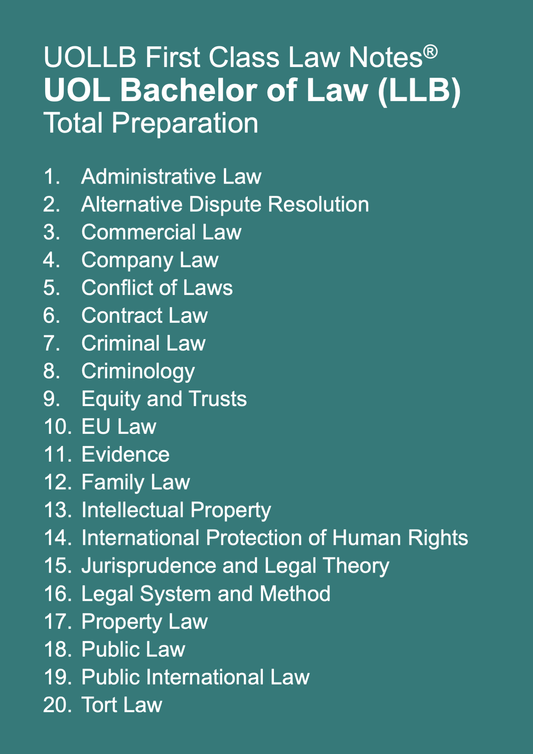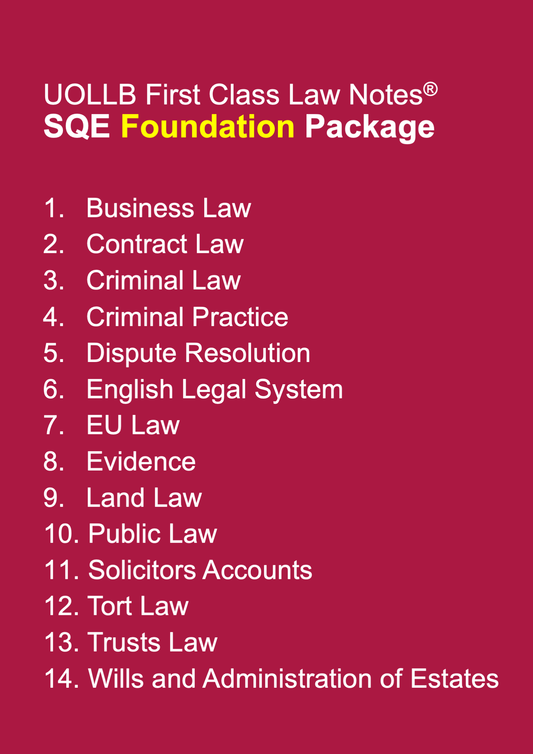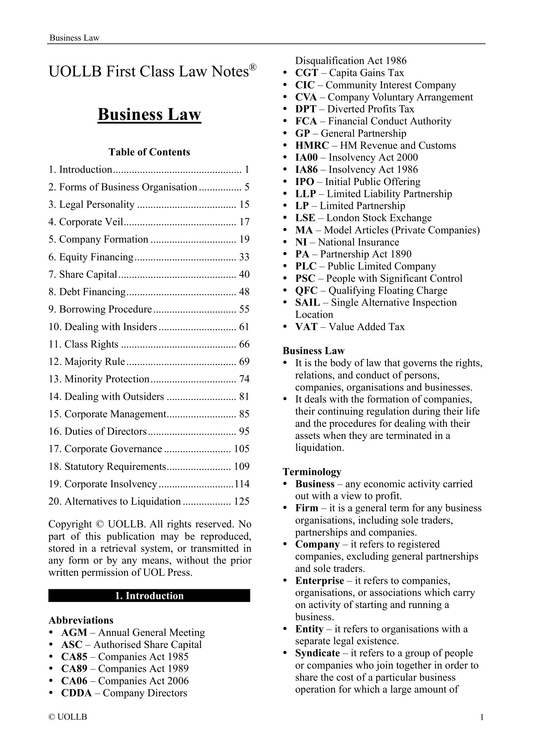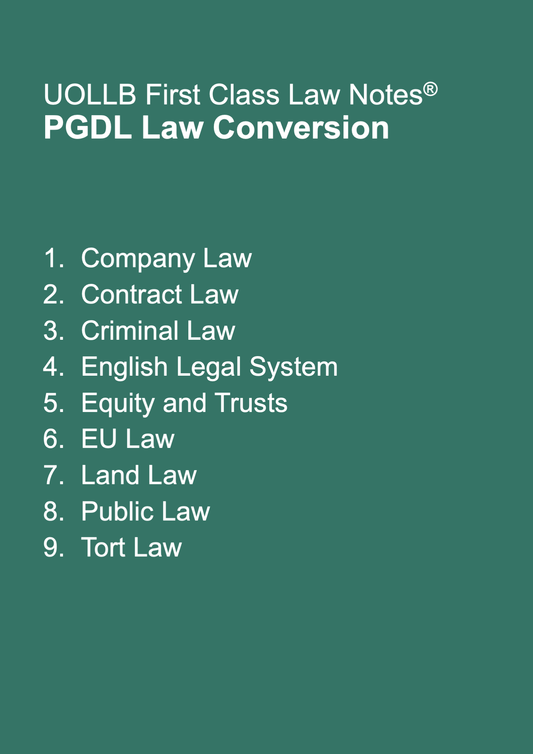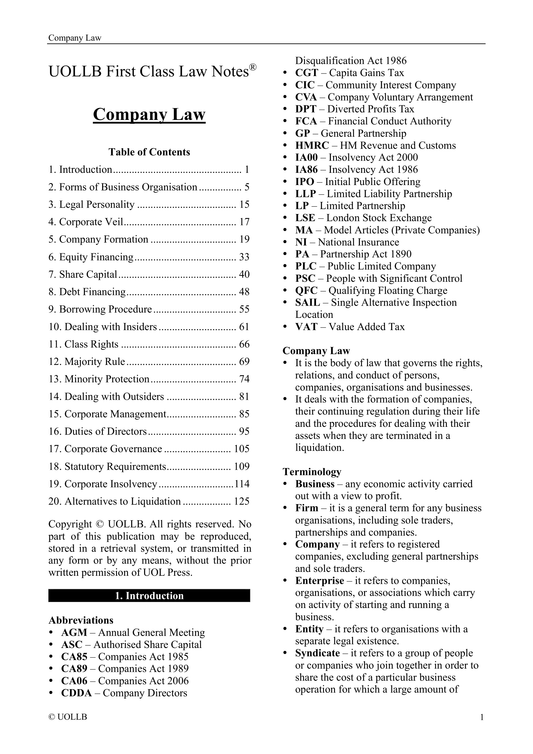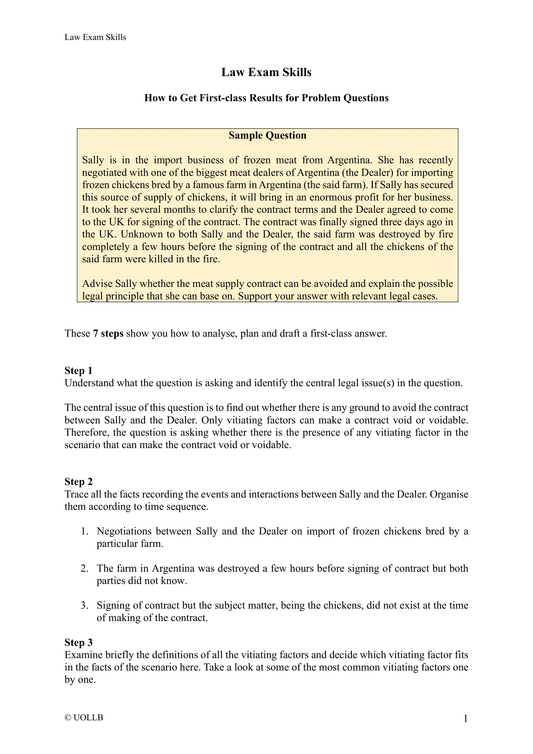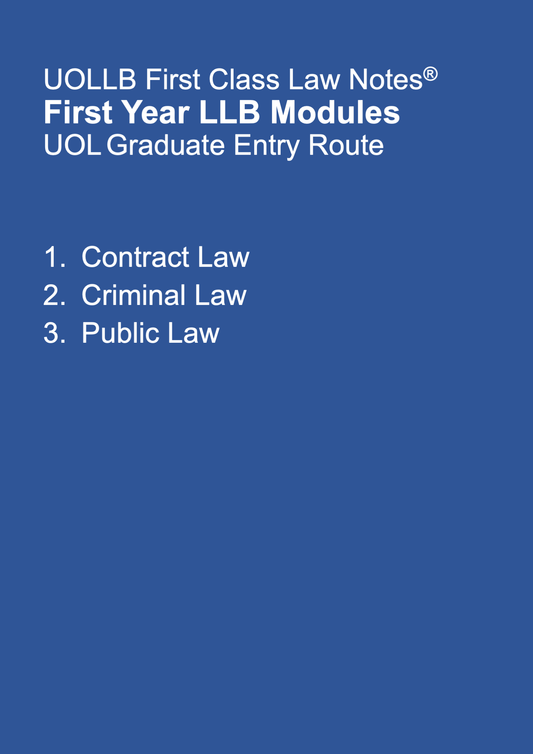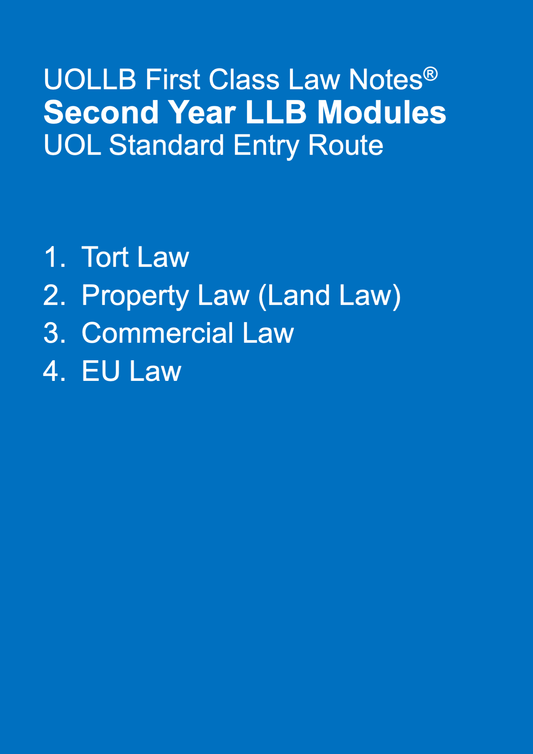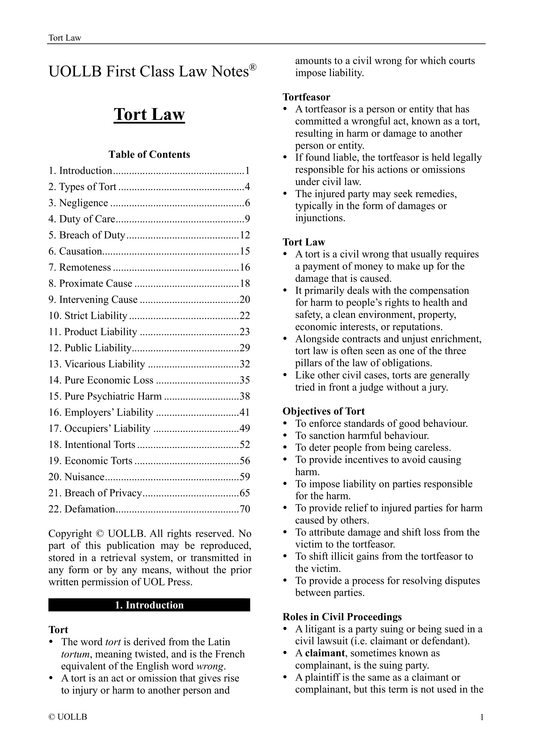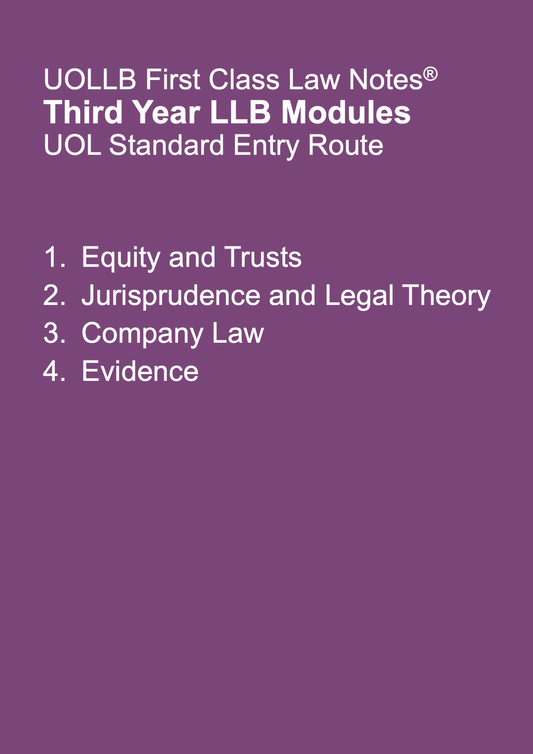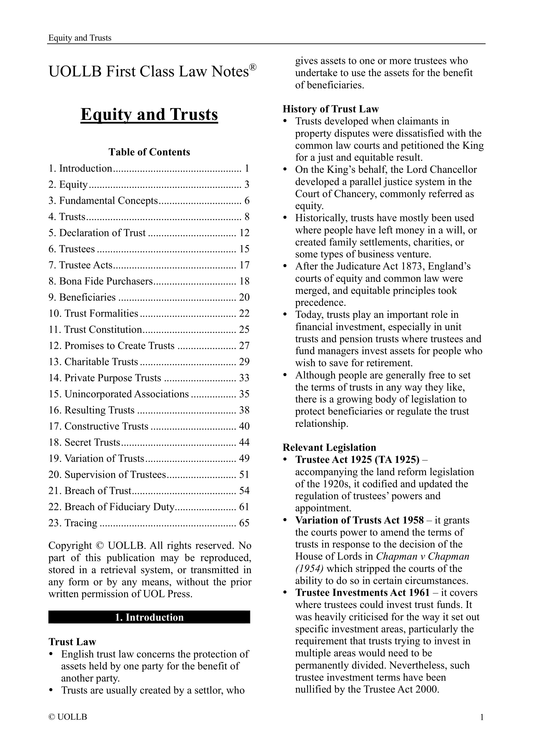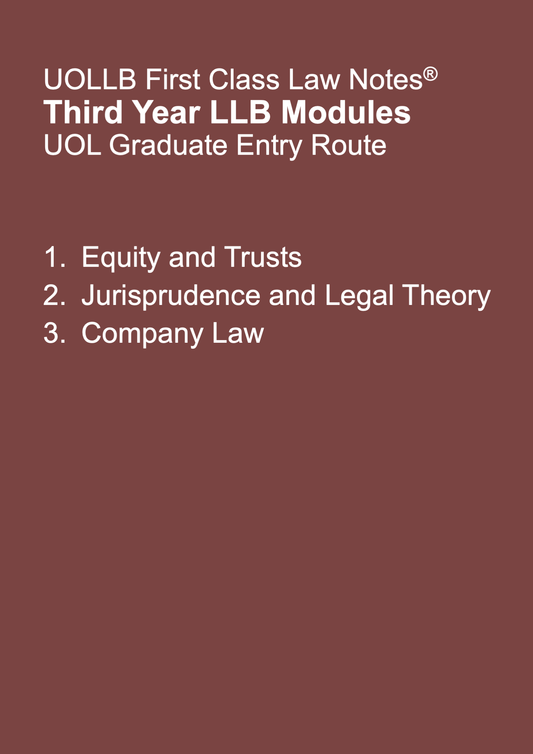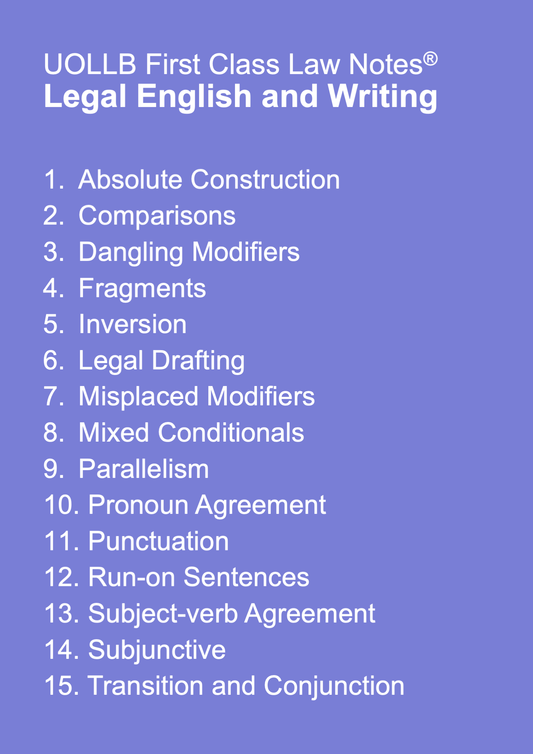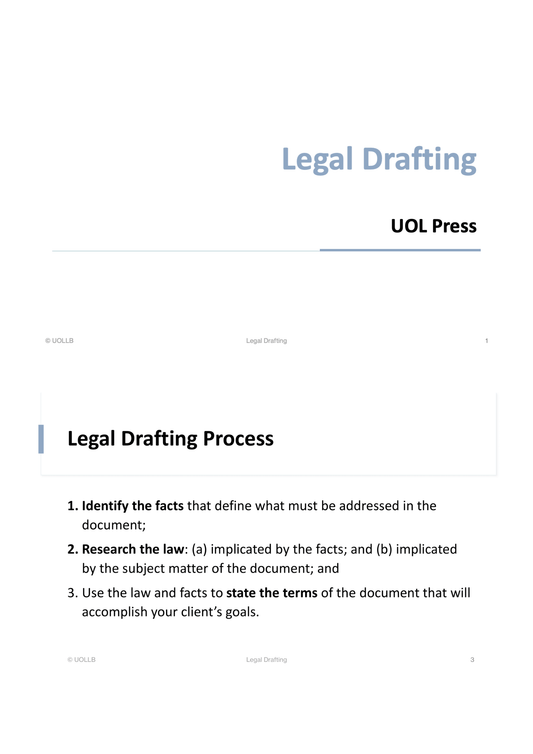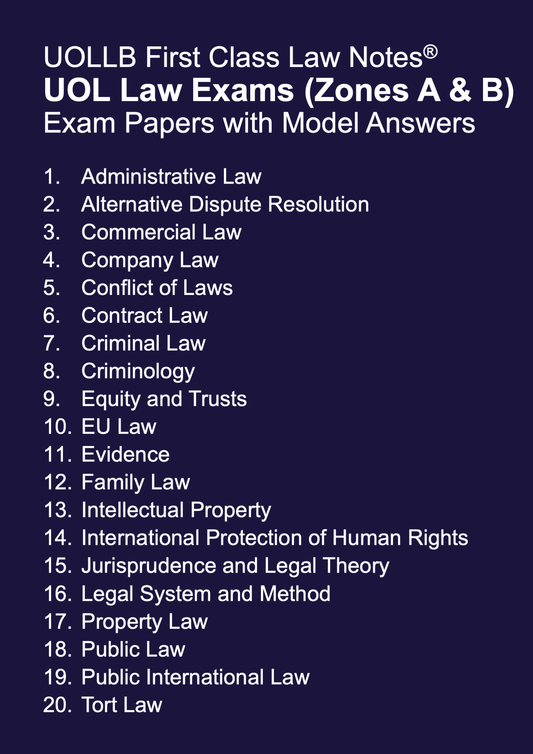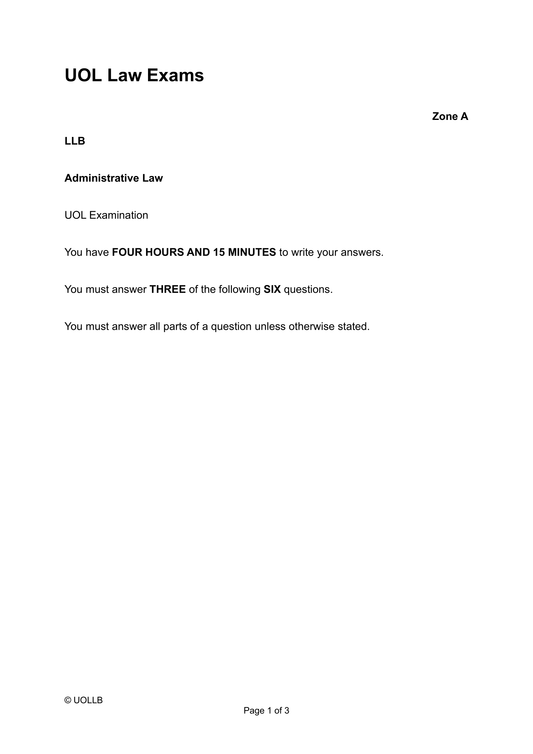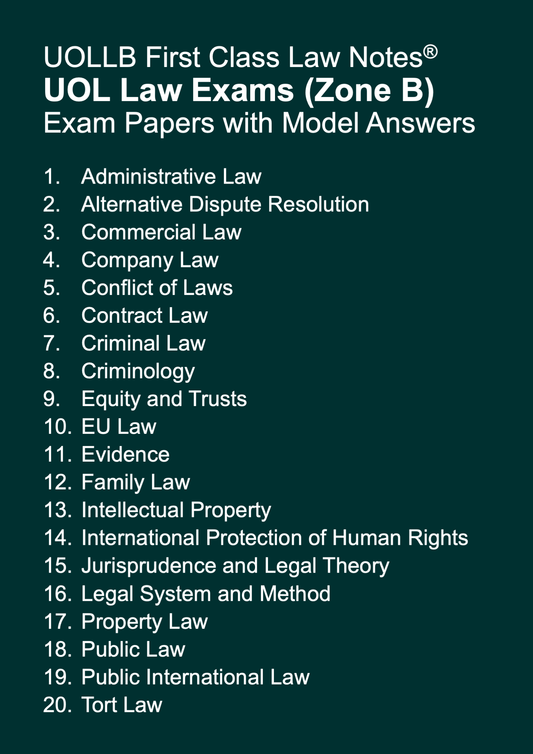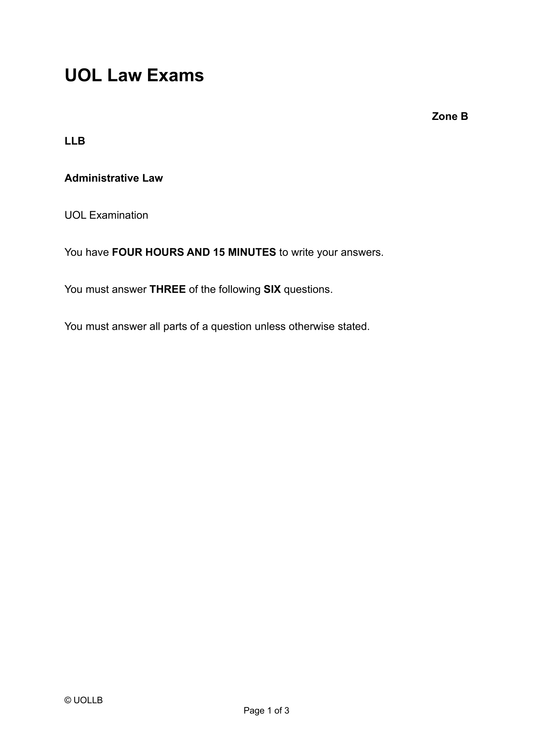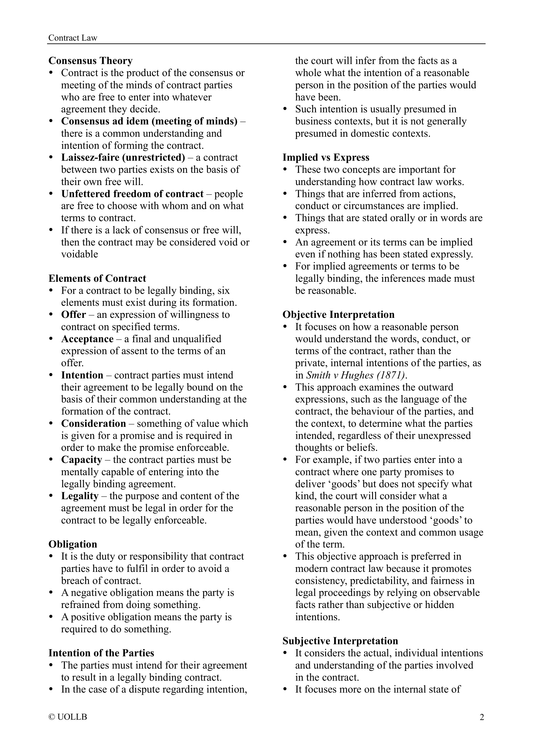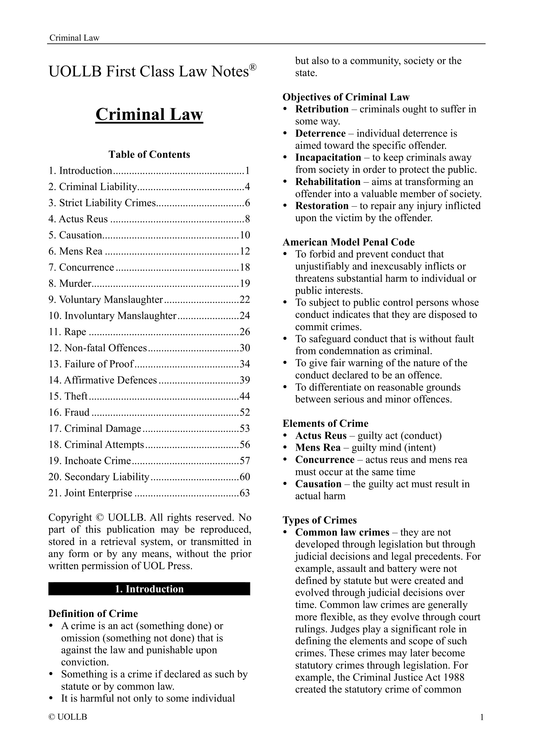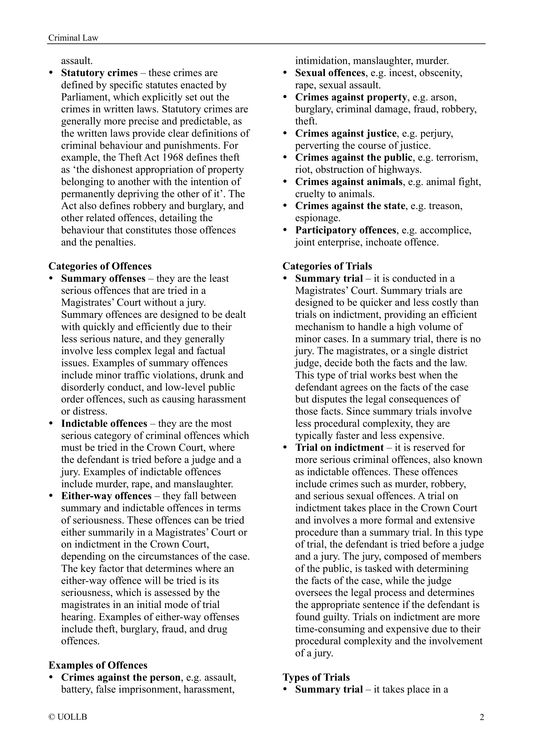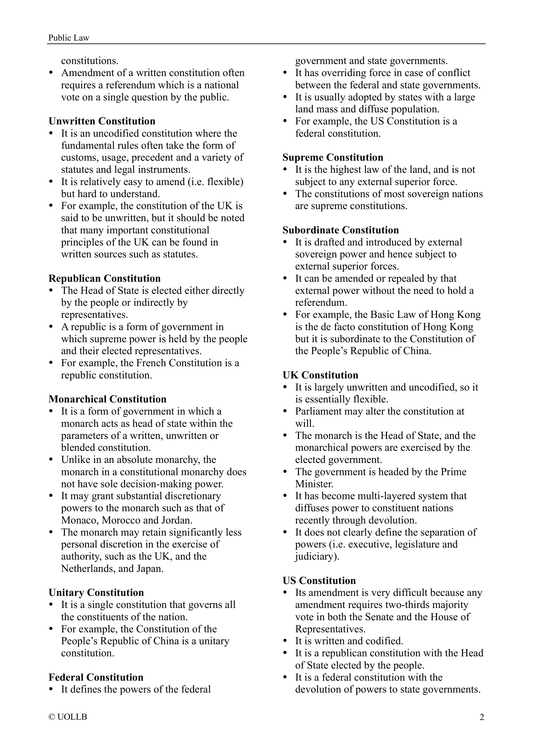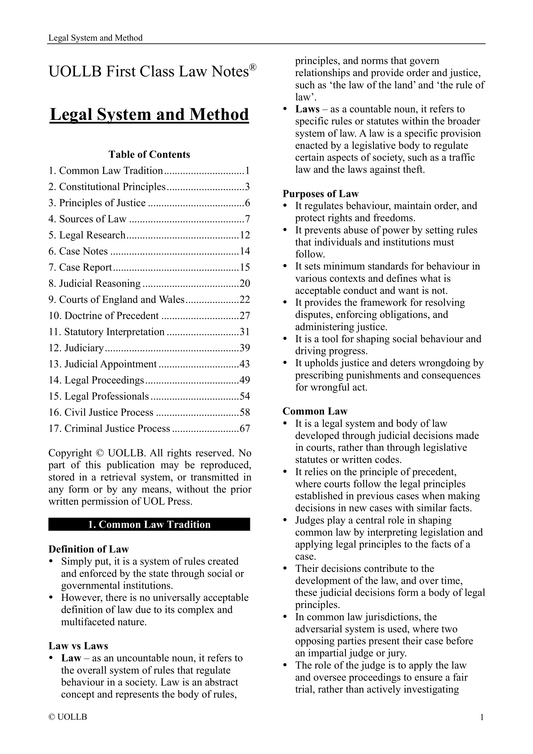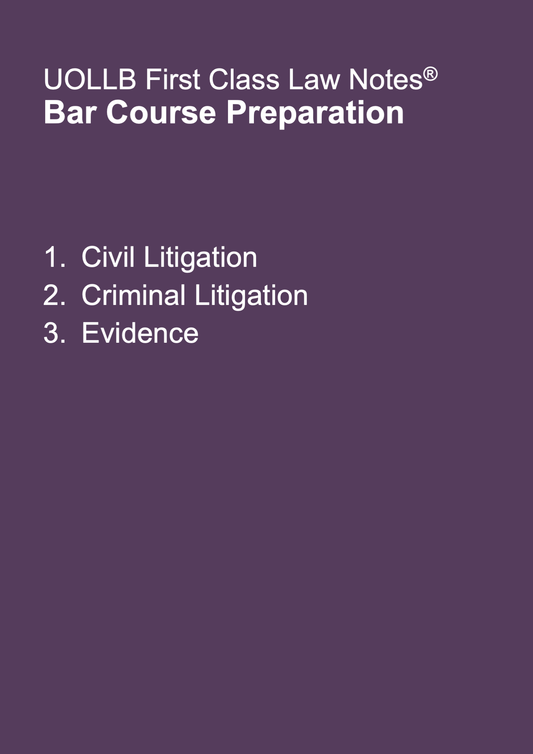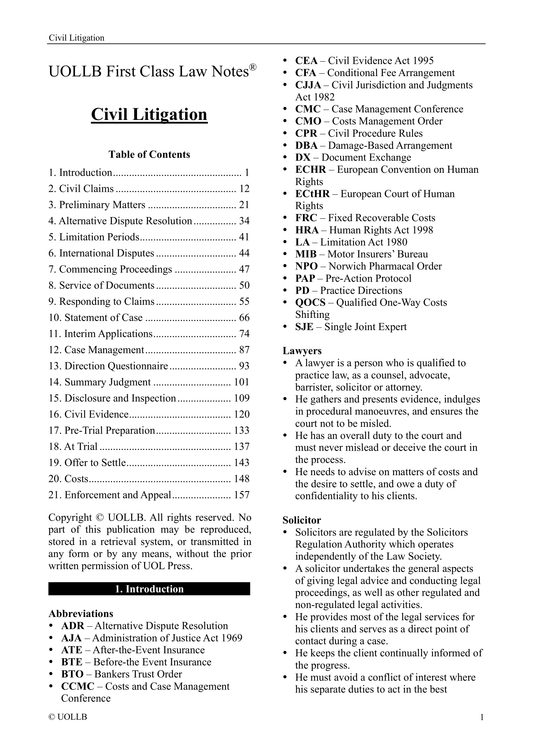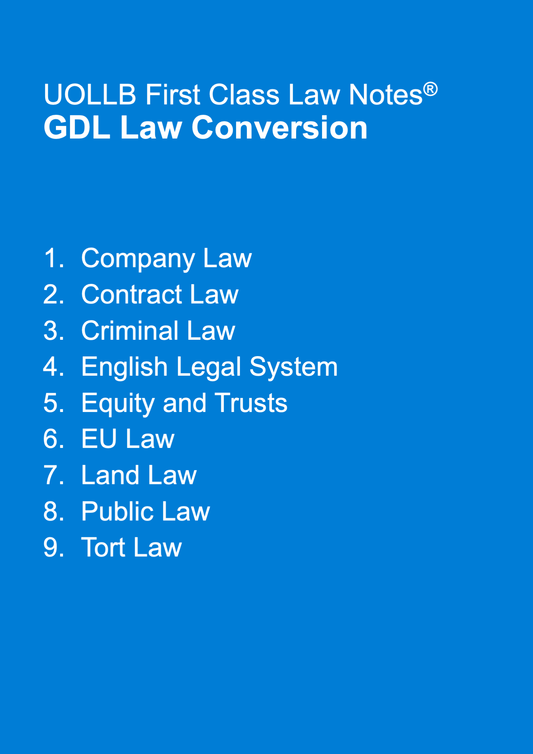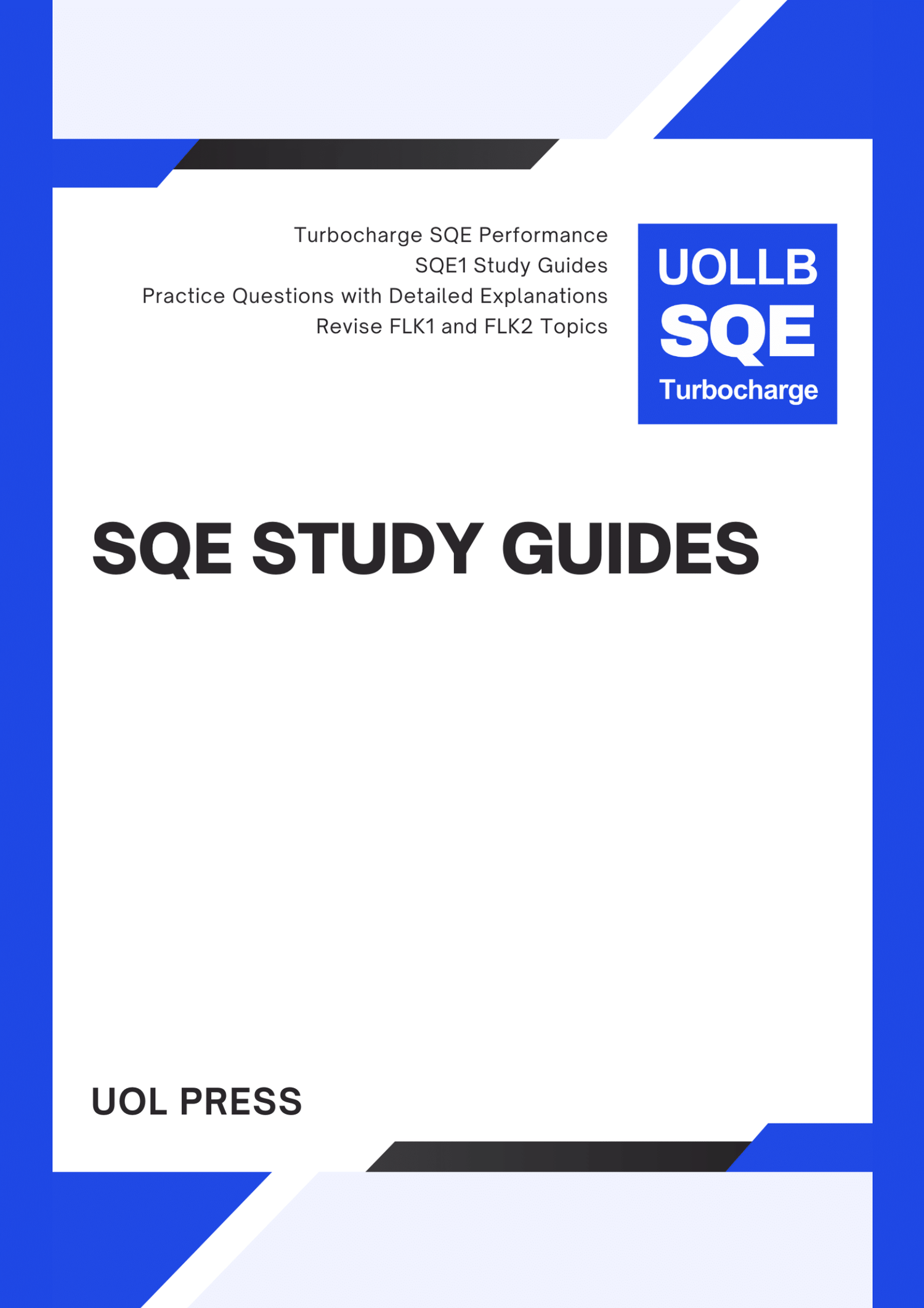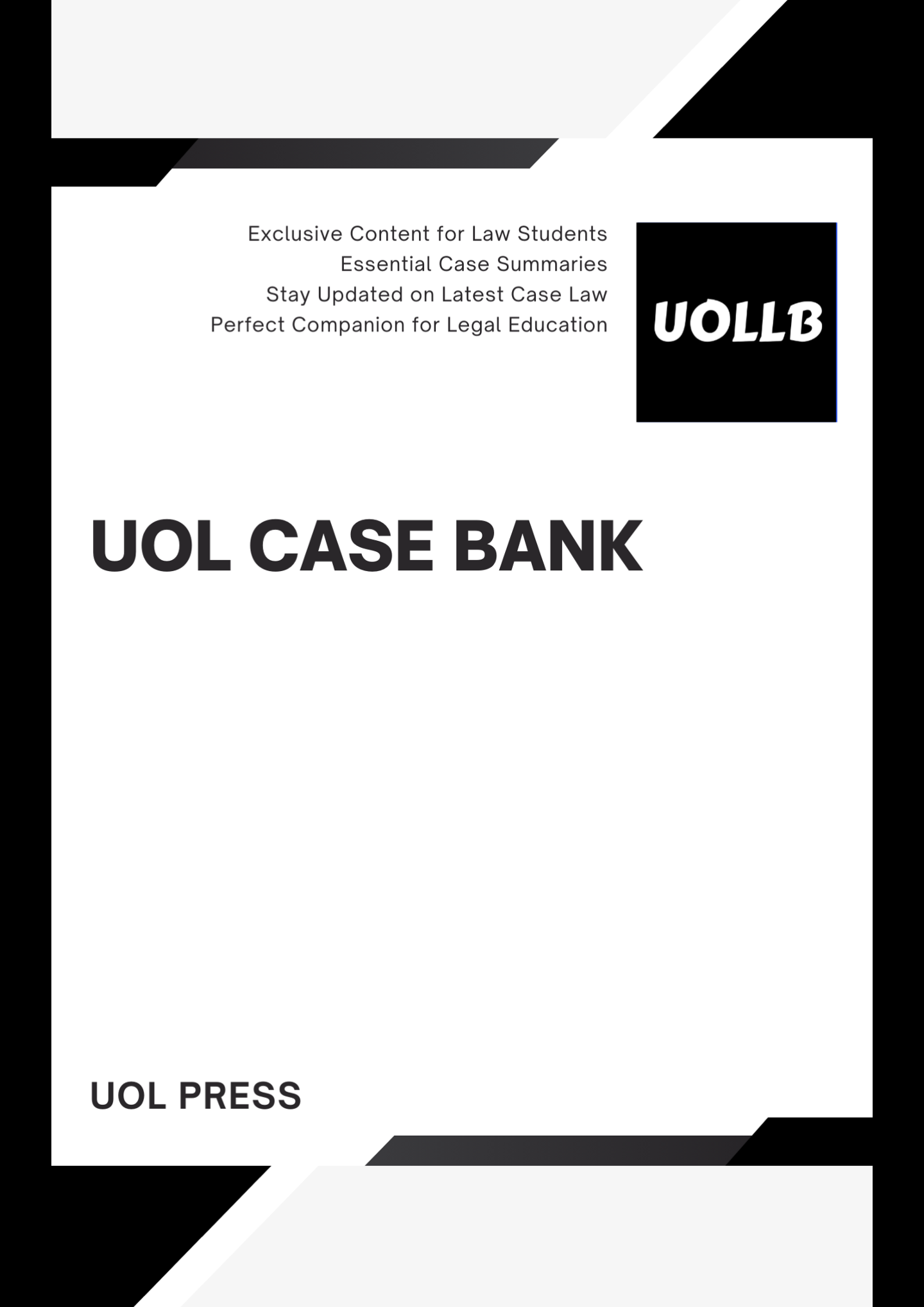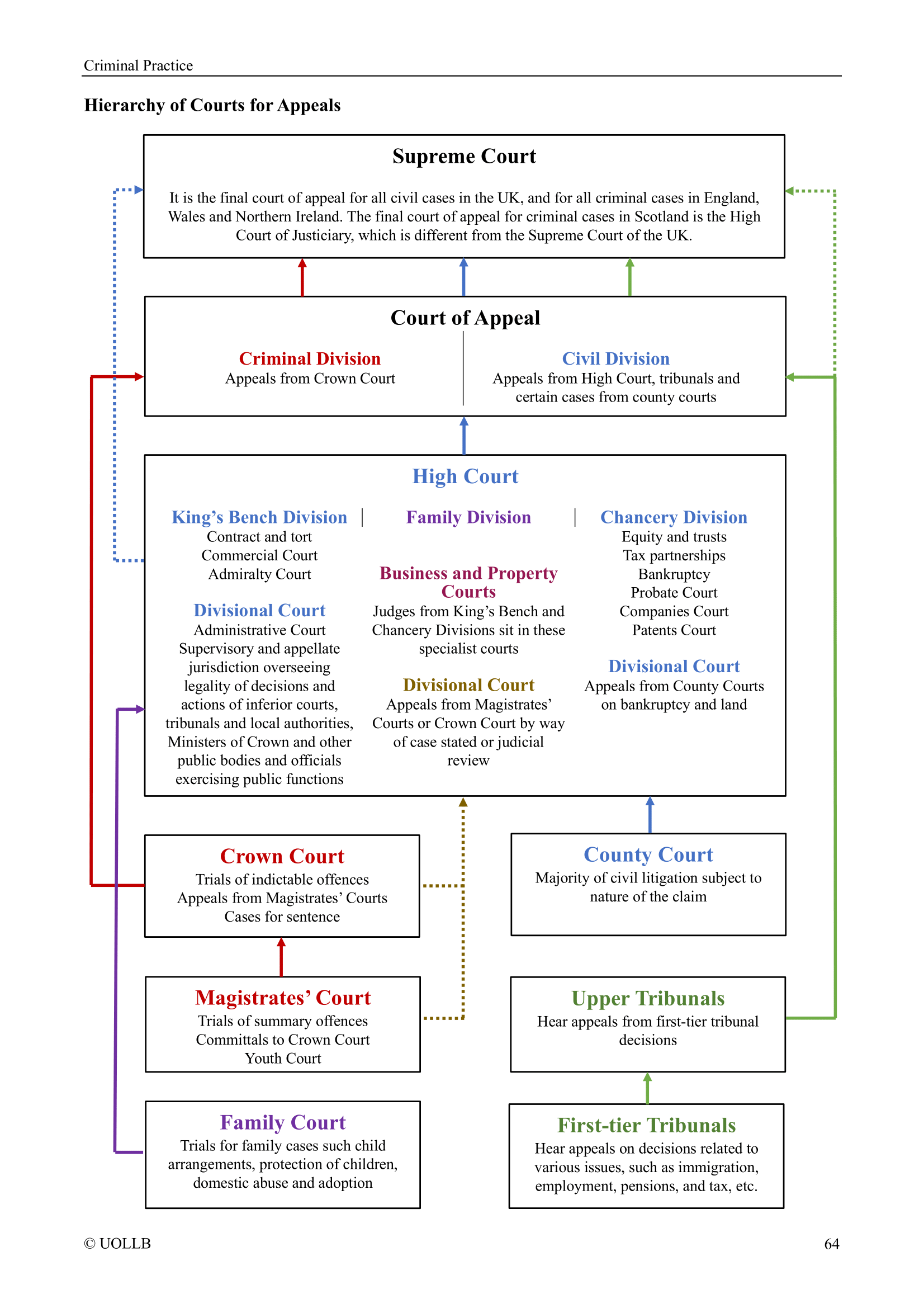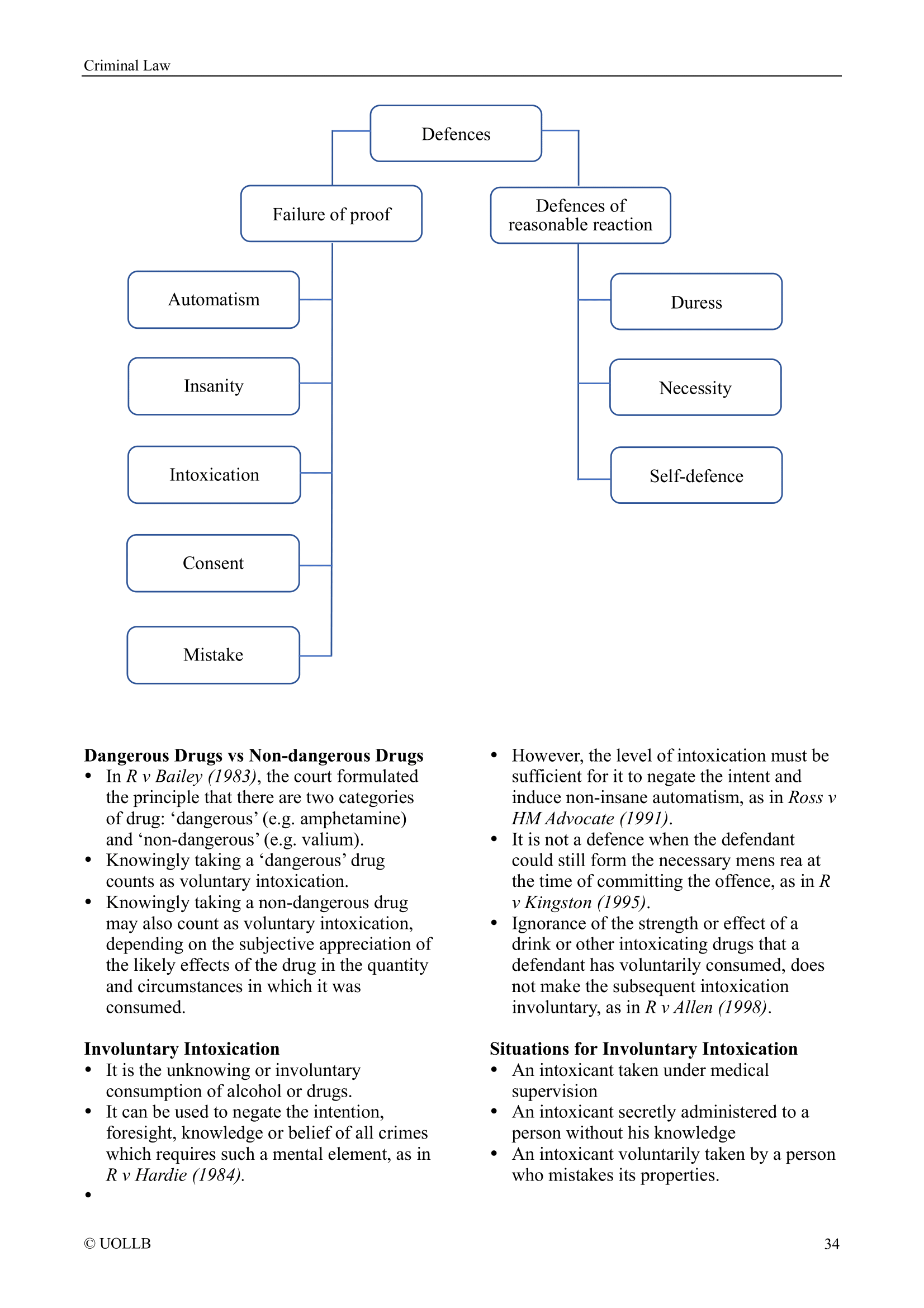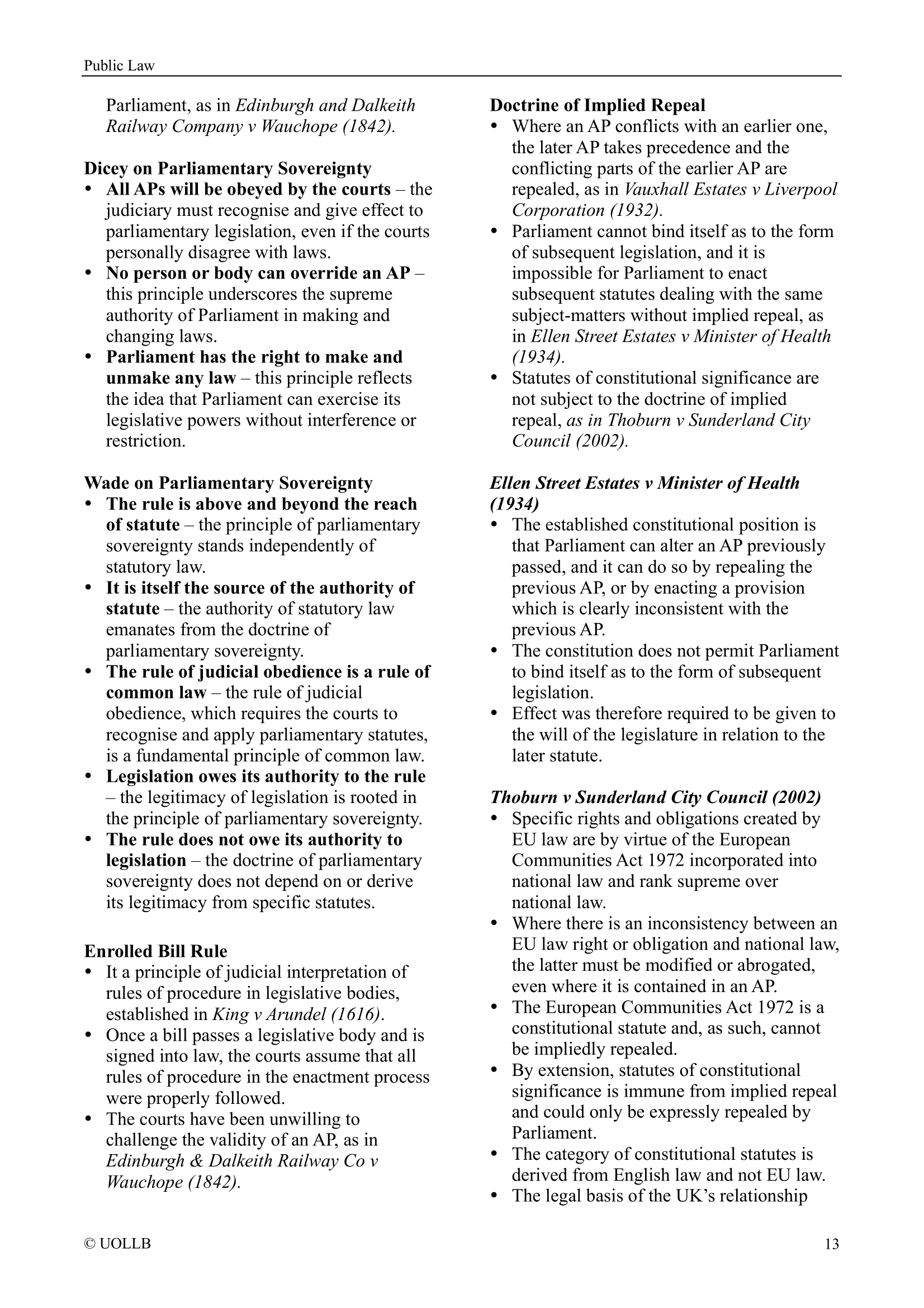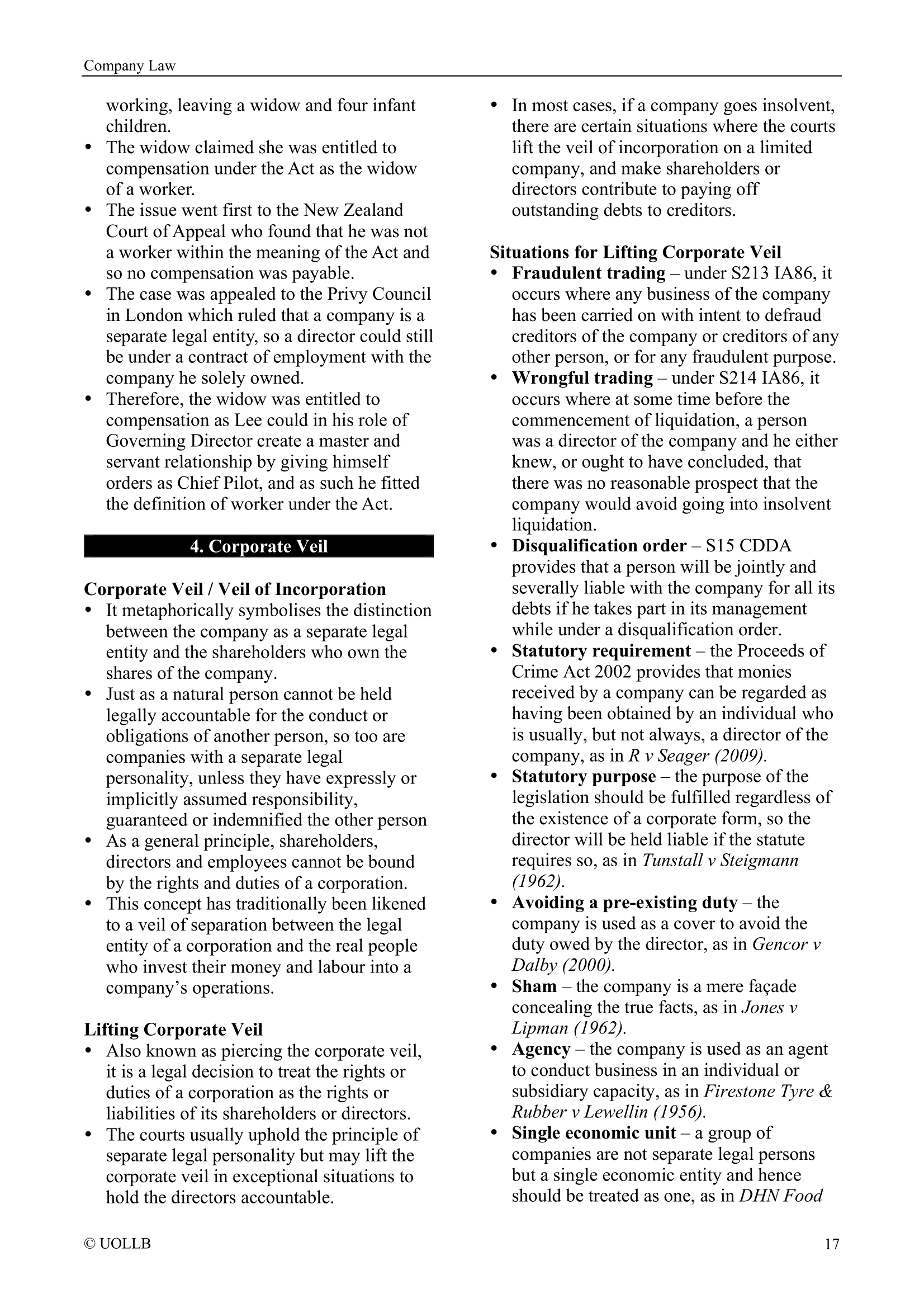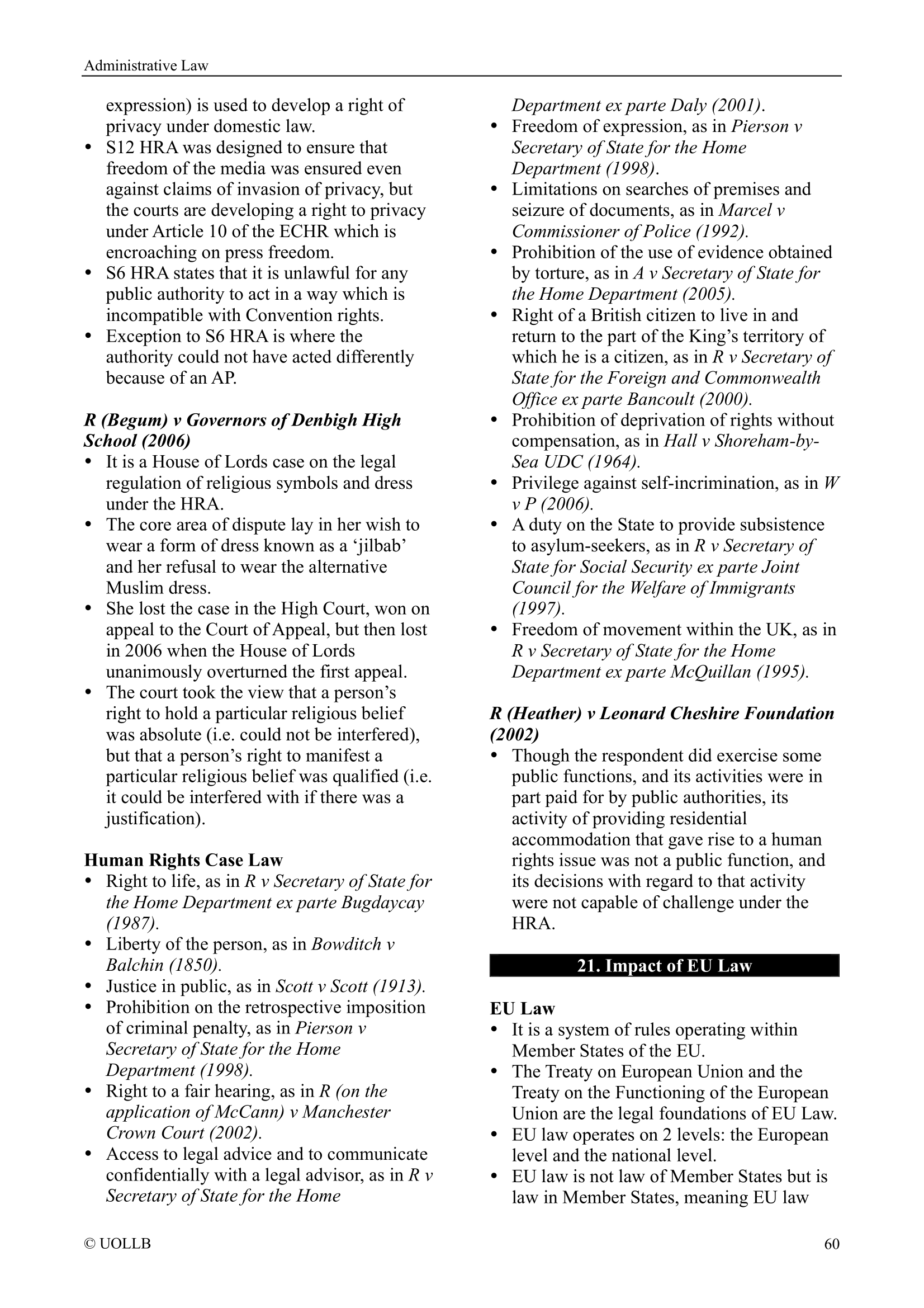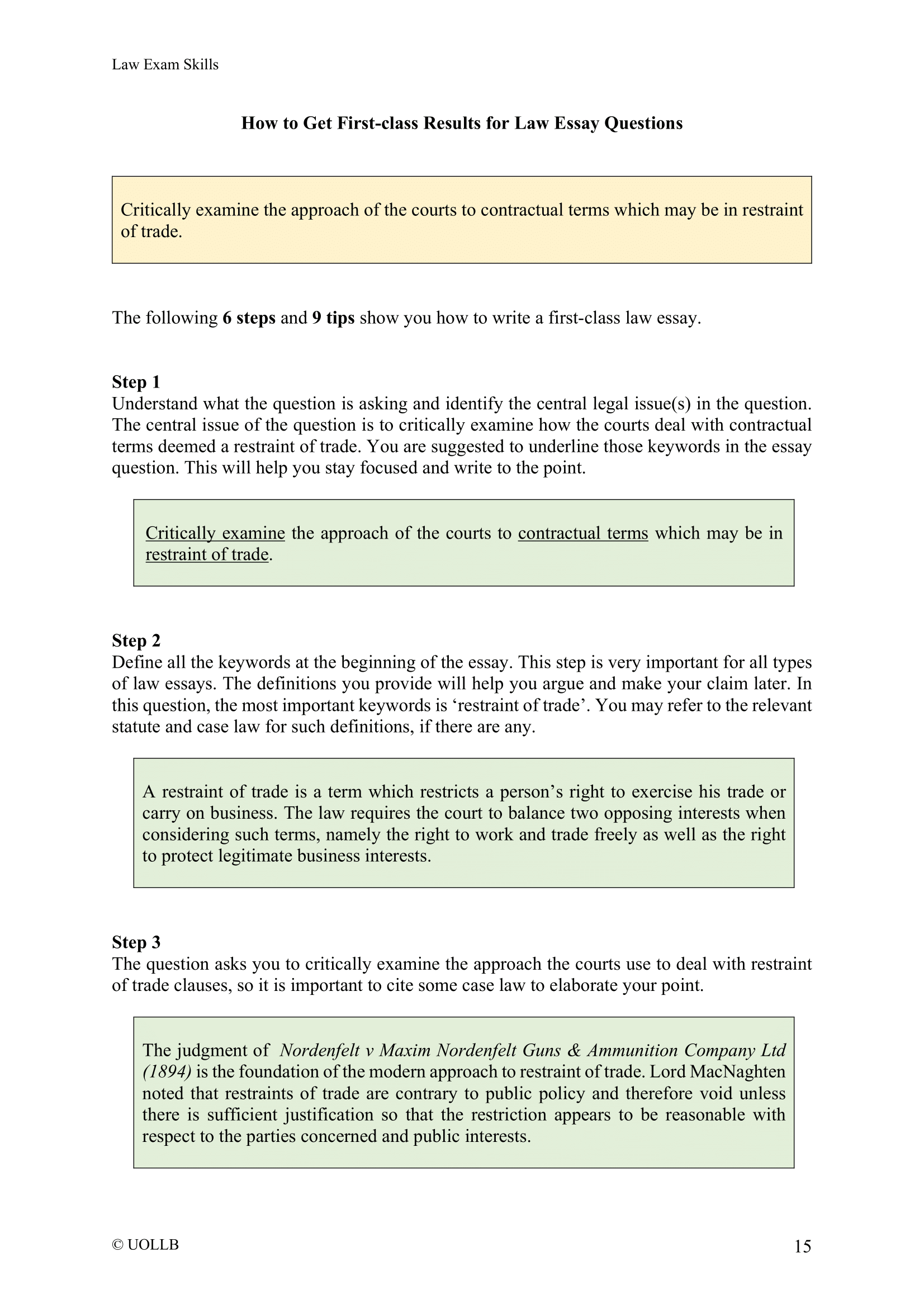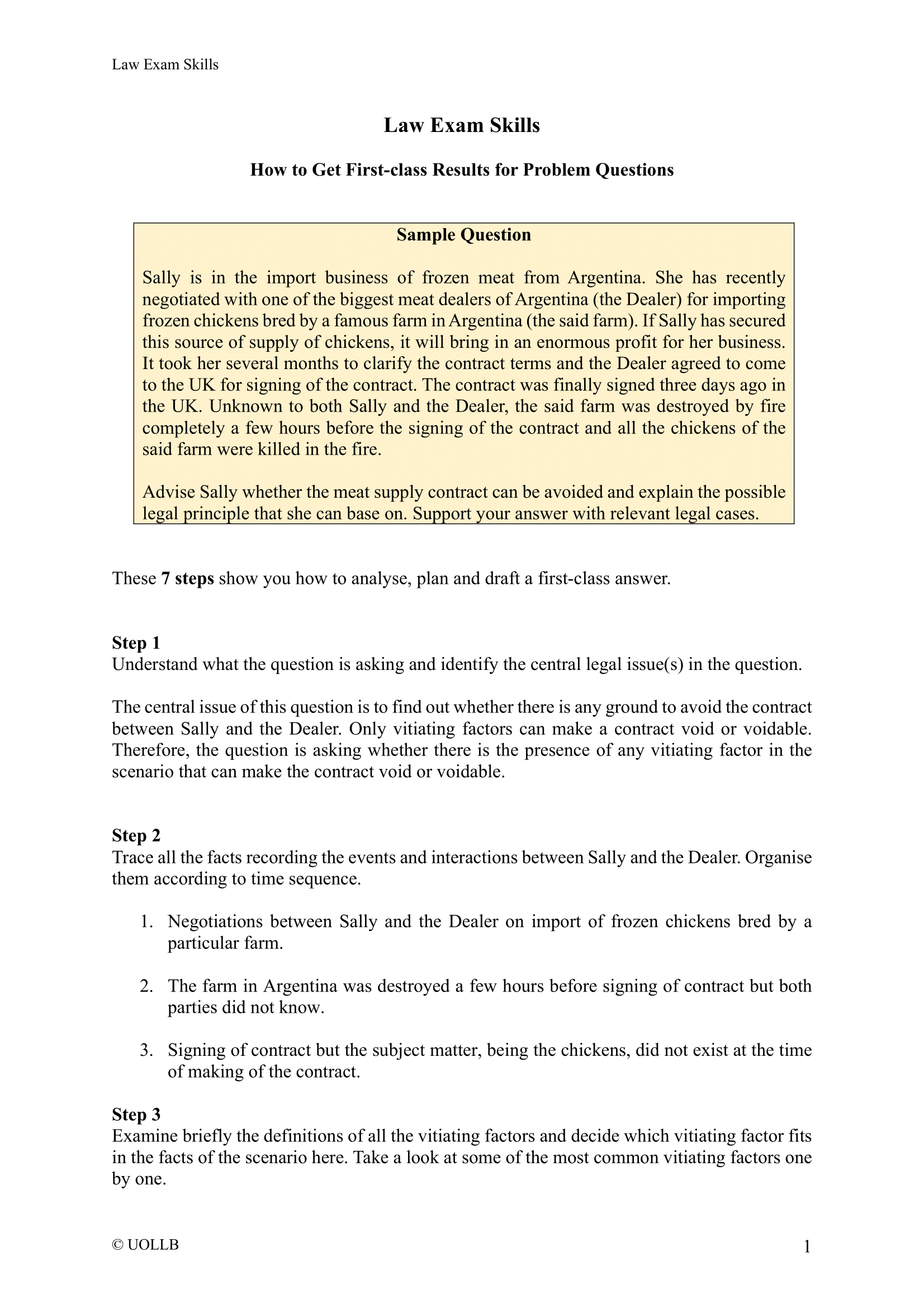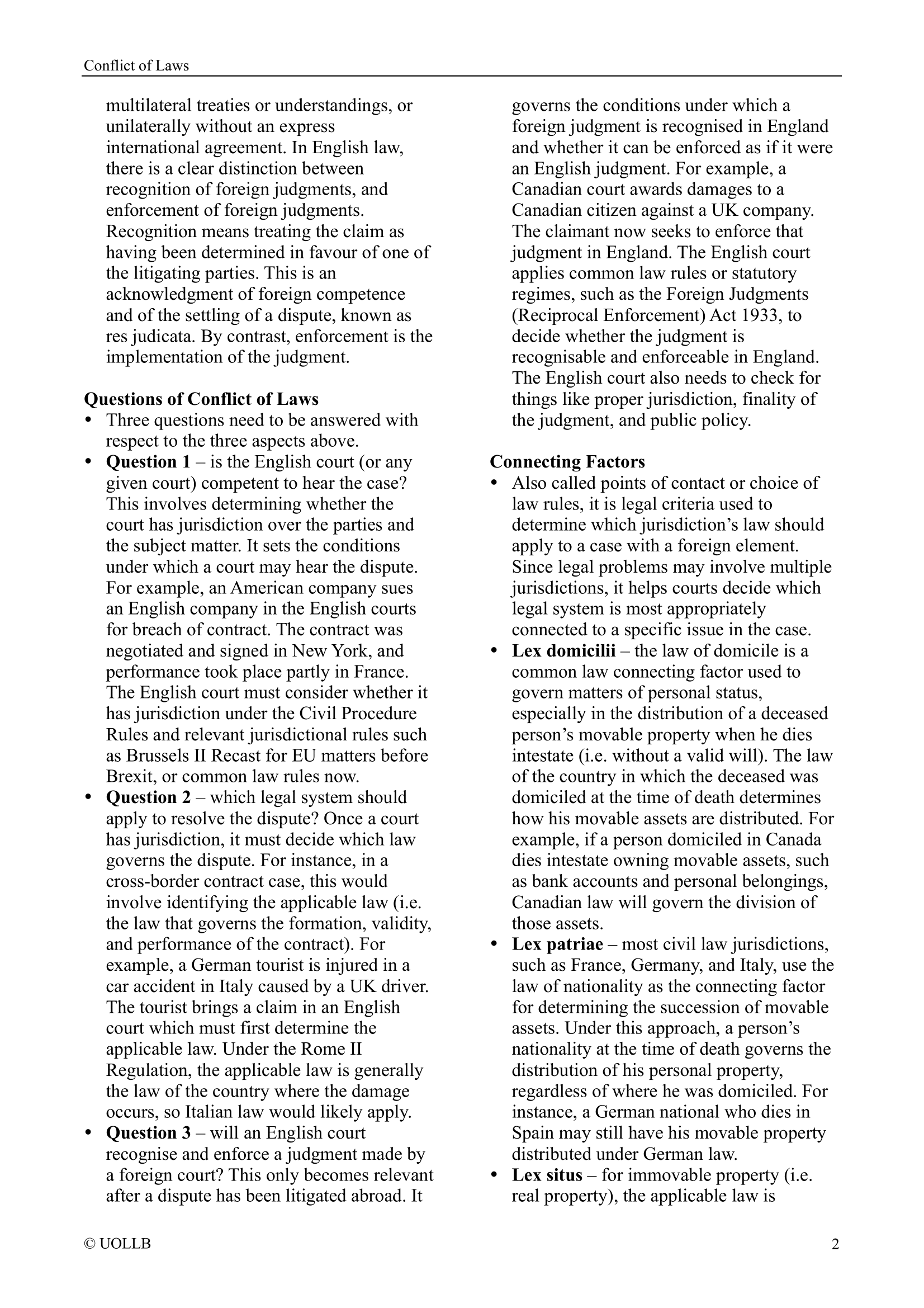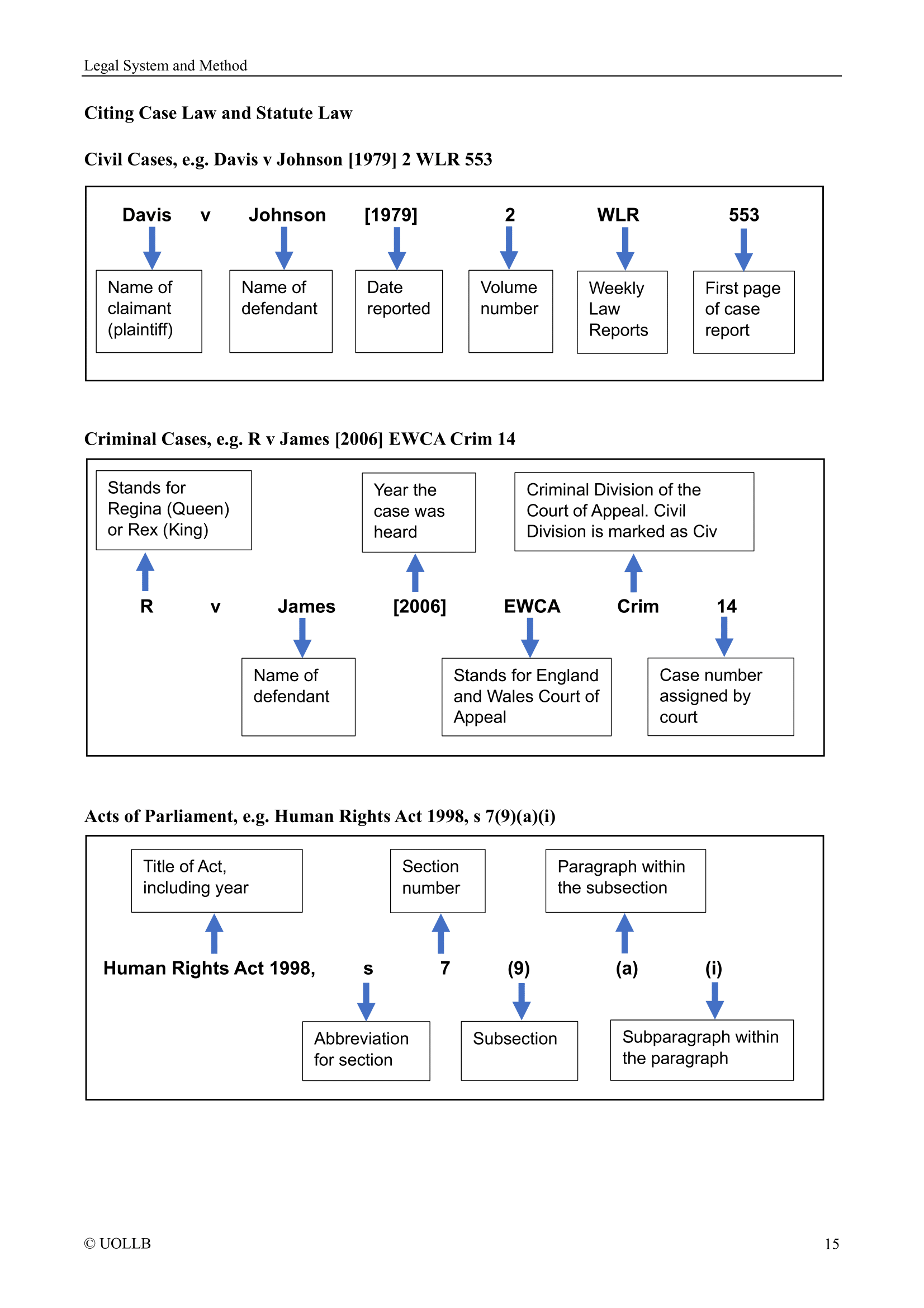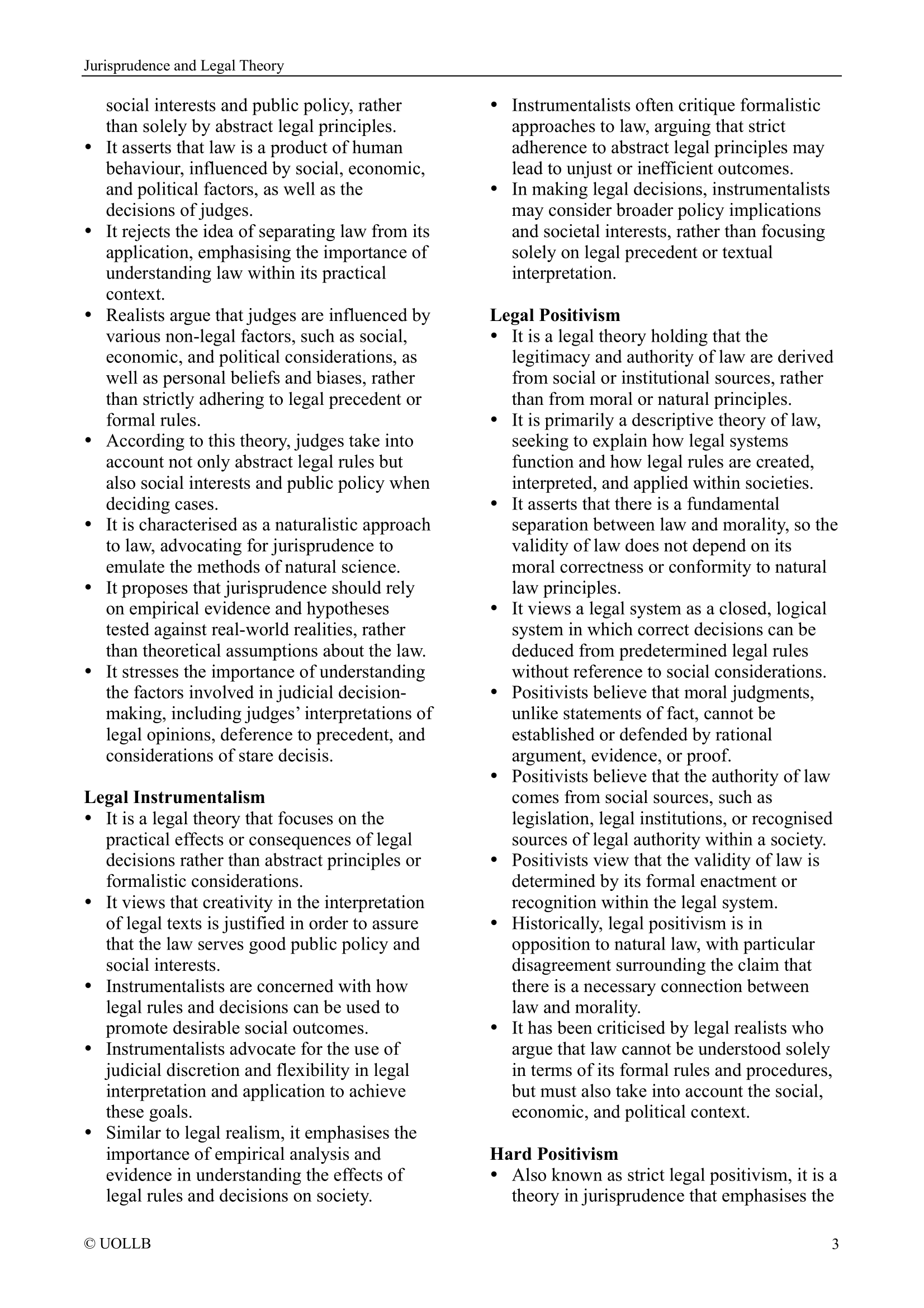R v Martin [1989]
Share
R v Martin [1989] 1 All ER 652 is a leading case on the scope of the duress of circumstances defence in English law. The defendant, Martin, was charged with driving while disqualified. His defence was based on the claim that he had no real choice but to drive because of an urgent and life-threatening situation at home. Martin’s wife suffered from a mental illness, and on the day in question, she threatened to commit suicide if their son did not get to work on time. Believing her threat to be genuine, Martin decided to drive his son to work despite knowing he was disqualified from driving.
At trial, Martin relied on the defence of necessity (or duress of circumstances), arguing that his decision to break the law was the only way to prevent a greater harm, namely, the potential suicide of his wife. The case therefore raised an important question about whether a defendant’s fear of death or serious injury to another person, arising from circumstances rather than direct threats, could justify committing a criminal offence.
In delivering judgment, Simon Brown J set out a clear framework for applying the defence. He explained that duress of circumstances can arise from wrongful threats, violence, or other objective dangers. For the defence to succeed, two key requirements had to be met. First, the accused must have acted reasonably and proportionately in order to avoid the perceived threat, having a good cause to fear that death or serious injury would otherwise occur. Second, it was for the jury to decide whether a sober person of reasonable firmness, sharing the defendant’s characteristics, would have responded in the same way in the given circumstances.
The case is significant because it confirmed that duress of circumstances could be applied beyond situations involving criminal threats, extending to situations where an external danger compels unlawful action. R v Martin therefore reinforced the principles from earlier cases such as R v Conway, while providing a clear, jury-based test for assessing whether the defendant’s actions were justified.
